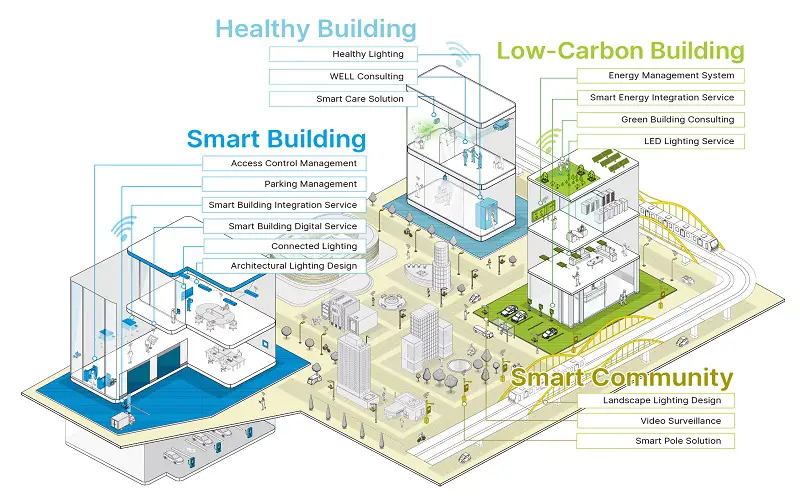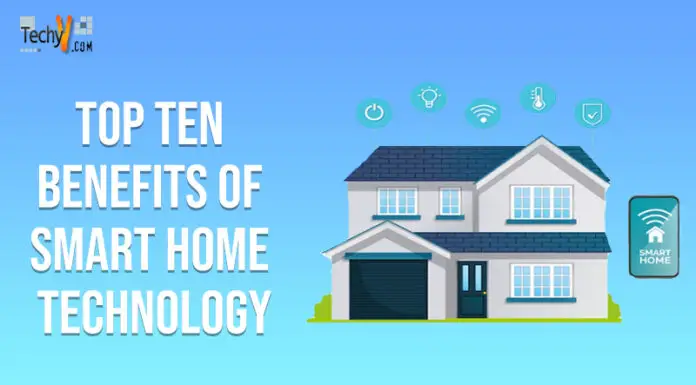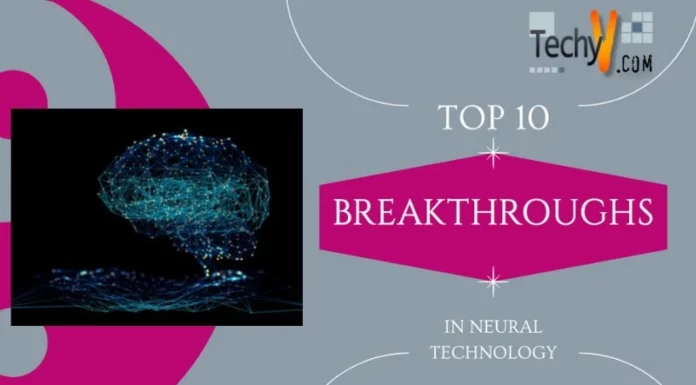In this age of modern technology, the concept of sustainable cities has gained a huge traction in the society. With the growing cities, there is a need to make them smarter and more sustainable for future civilization. The major aspect of this transformation lies in the adoption of smart building technologies that improve the quality of urban living as well as reduce environmental impact. These cities will rely on smart building technologies to decrease the consumption of energy, and environmental impact, and elevate the overall quality of urban life. These innovations do not only benefit the environment but also uplift the comfort, safety, and efficiency of buildings.
1. Energy-Efficient Lighting Systems
Led lighting and smart lighting controls are a part of Energy-efficient lighting systems that make up the fundamentals of smart building technologies. These systems are programmed to automatically adjust lighting levels according to occupancy and natural light that is coming. This process reduces the energy consumption which in turn lowers the electricity bills. To make a sustainable city, efficient lighting is essential to not only conserve resources but also foster a safer and more comfortable environment.
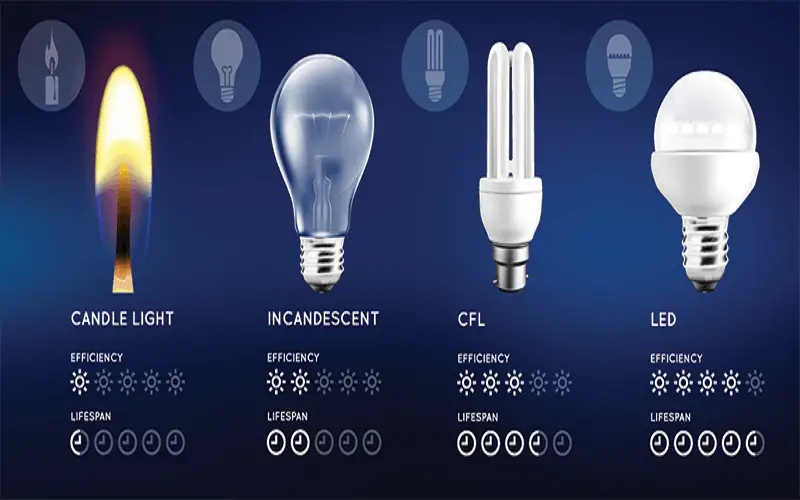
2. Smart HVAC Systems
HVAC systems include heavy appliances such as heating devices, ventilation systems, and, air conditioners that are major energy consumers in buildings. So the need for smart HVAC systems in a sustainable building increases to regulate the power consumption. These smart systems can optimize temperature and airflow based on occupancy, weather conditions, and many other factors. They are meant to improve comfort as well as reduce energy usage to produce a more economical setting.
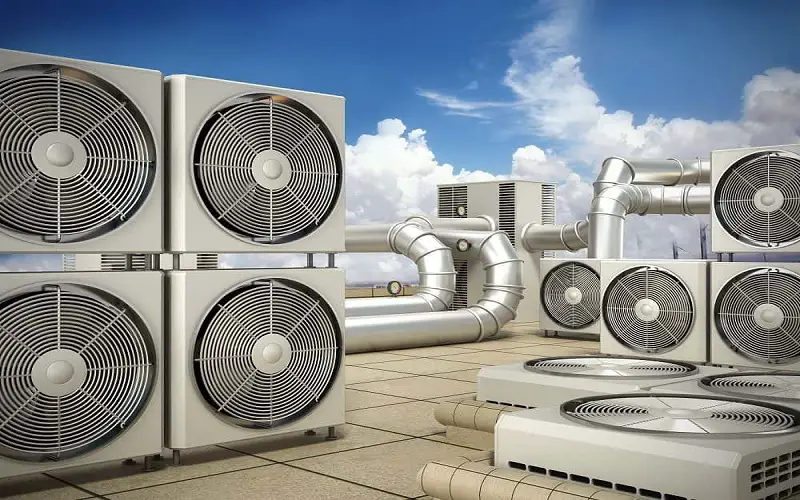
3. Building Energy Management Systems (BEMS)
Building Energy Management Systems (BEMS) plays a major role in achieving sustainable cities in urban areas. These systems are designed to monitor and control different building systems which include lighting, HVAC, and other appliances to keep energy usage in check. These systems generate real-time data which is used to analyze building managers and make informed decisions timely to reduce energy waste.
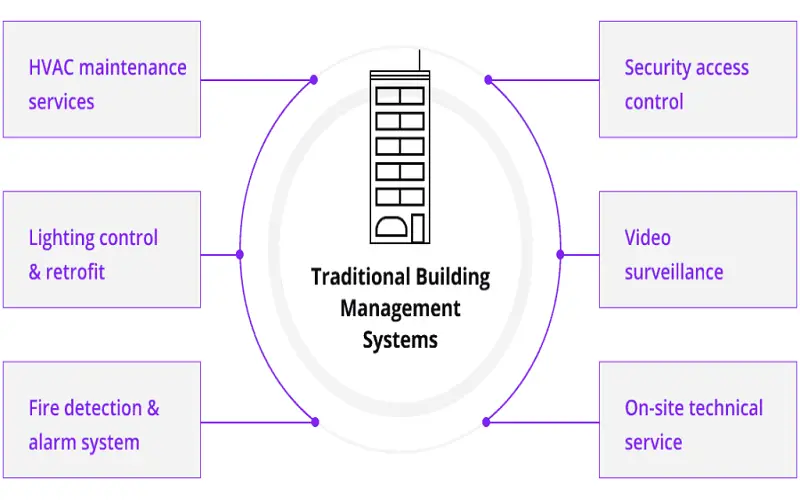
4. Solar Panels And Renewable Energy Integration
This is high time to decrease our dependency on fossil fuels by deploying sustainable cities that incorporate renewable non-exhaustive energy resources into their buildings. The most popular of them is solar energy which is harnessed by installing solar panels on the roofs of buildings. In this way, clean energy is generated without any other harmful emission and it significantly reduces a building’s carbon signature. More innovative designs and integration methods are being utilized to make the practical and scalable choice for urban environments.
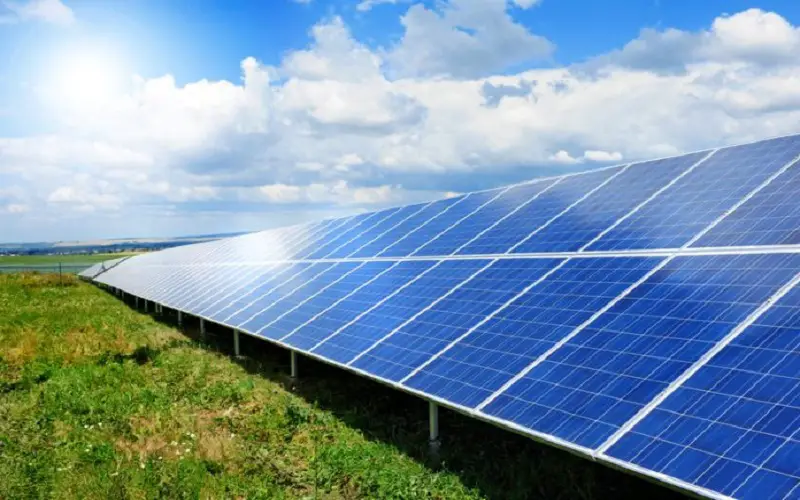
5. Advanced Insulation And Green Materials
The increasing usage of advanced insulation materials along with green building materials by the construction industry has allowed them to enhance energy efficiency and reduce environmental impact at the same time. These materials are specially developed to improve the thermal performance of buildings which reduces the cost of heating and cooling. They also encourage the idea of sustainability by using recycled or renewable resources that drastically decrease waste during production..
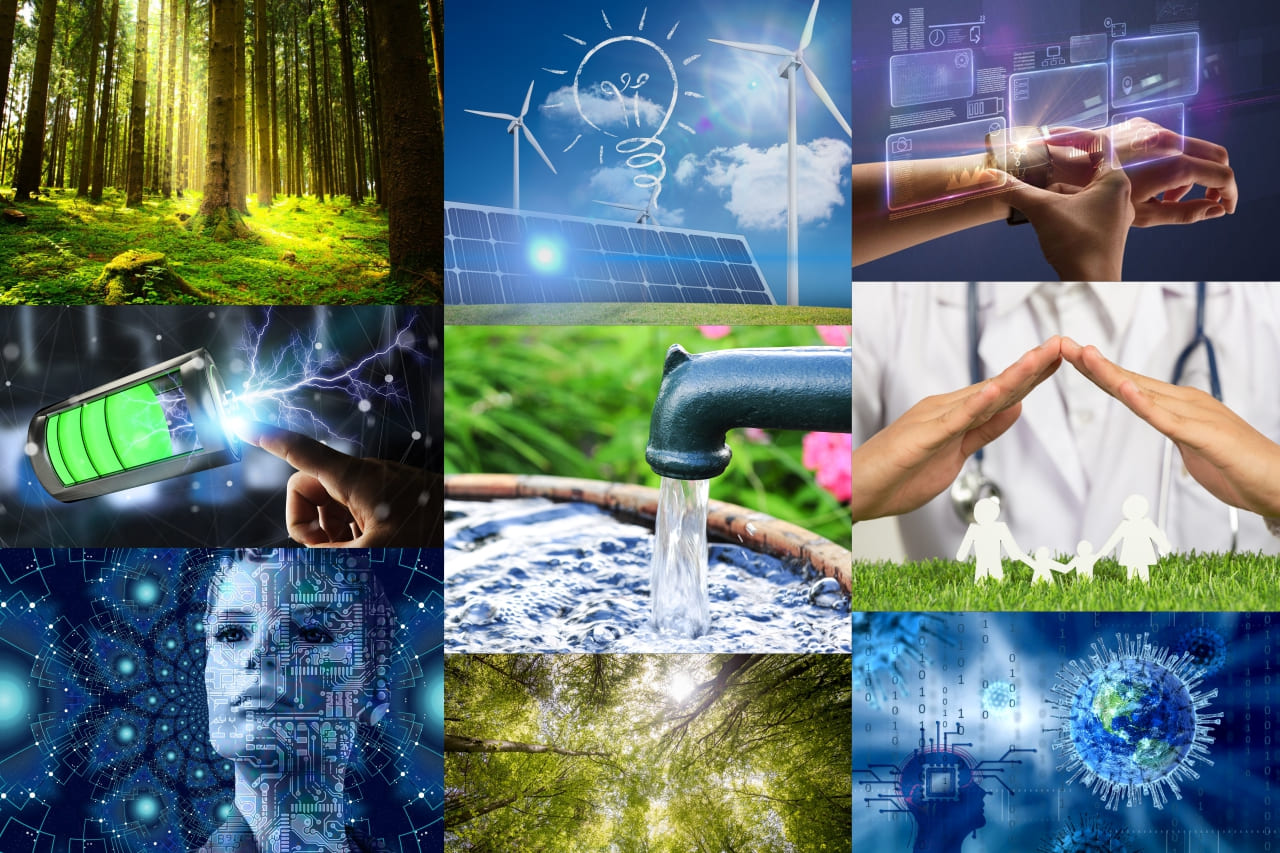
6. Water Conservation Technologies
The priority for a sustainable environment revolves around water conservation and smart buildings make the pathway for achieving this goal. Some of the ways are to implement water-efficient fixtures such as low-flow toilets and faucets combined with intelligent irrigation systems. This gradually reduces water consumption over time and leads to a sustainable city. Rainwater harvesting and greywater recycling are some of the old ways that are extremely effective in regulating water usage in such areas.
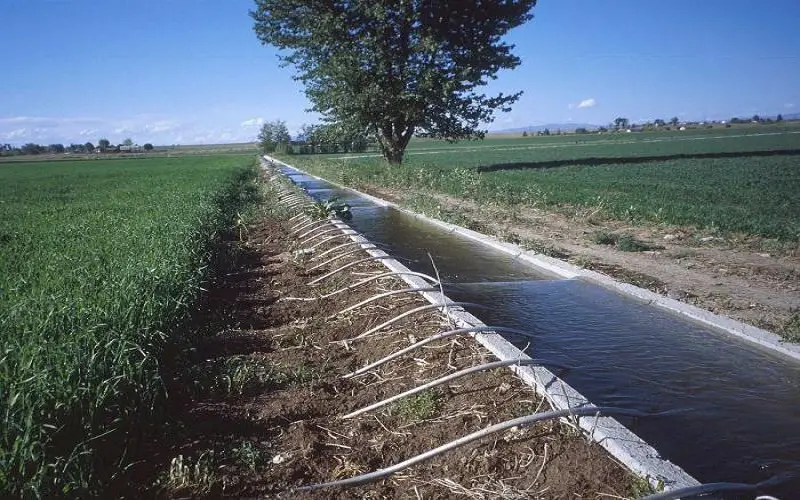
7. Occupancy And Space Utilization Sensors
Modern technology has made it possible to have smart sensors that can detect occupancy and monitor space utilization in real time. These sensors are prominent in modern buildings to support other sustainable systems. These sensors are developed to optimize lighting, HVAC, and other building systems based on real-time occupancy data. This helps in reducing energy waste generated during the working of these devices and also in tuning the occupant’s comfort and productivity while staying.
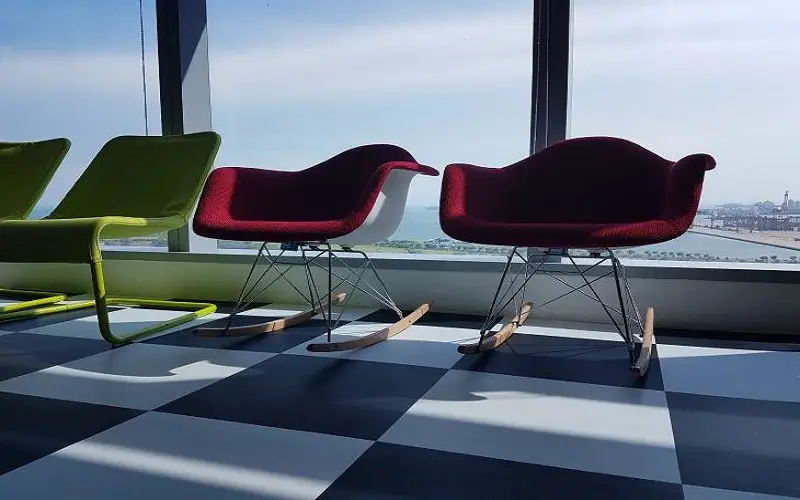
8. Vertical Gardens And Green Roofs
Most urban buildings have eye pleasers such as Vertical Gardens and Green Roofs that are aesthetic and also an environmentally friendly addition to these buildings. Their main goal is to improve air quality, lower the heat island effect, and offer natural insulation from the heat. This extension of the green building promotes urban biodiversity and elevates the overall quality of life in cities. They also act as an attractive feature of the building while assisting the other smart technologies in managing the resources effectively. The green roof refers to the practice of growing various vegetation on the roof over a transparent body while the vertical garden allows the vegetation to be grown around certain structures like pots and garden netting
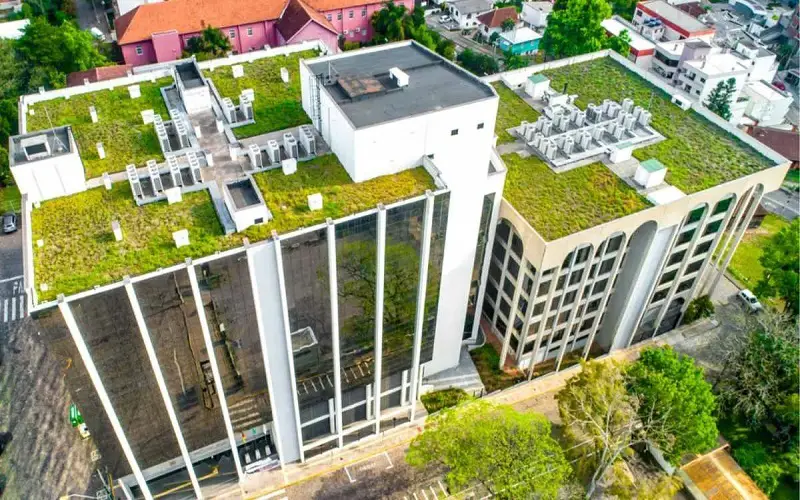
9. Waste Management And Recycling Systems
The heart of a sustainable city constitutes an efficient waste management and recycling system. These smart technologies include waste sorting systems, automated recycling, and waste-to-energy solutions to uplift the lifestyle in these locations. It also helps in minimizing the increasing landfill waste and contributes to responsible waste disposal practices. A clean and organized city like this sets an example of an ideal imperishable approach to controlling environmental waste and other resources
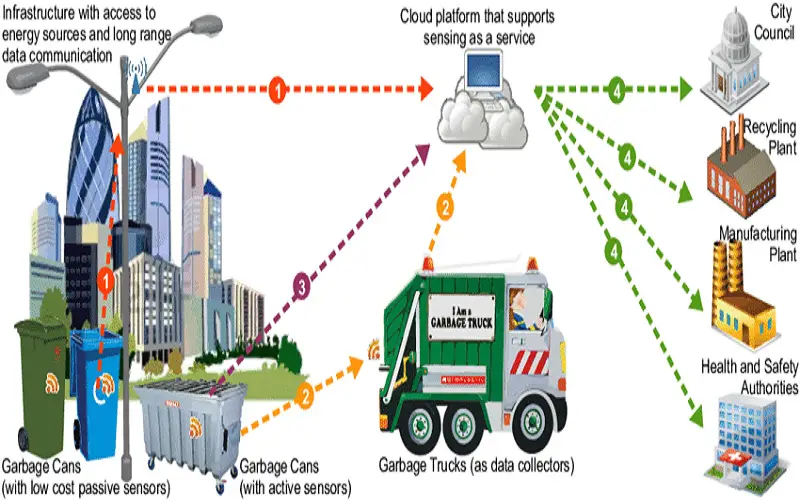
10. Smart Building Automation Systems
The modern world has enabled buildings to be smartly automated by integrating various technologies and subsystems to ease the process of achieving the efficient use of resources. These subsystems such as lighting, HVAC, security, and access control are merged into a single cohesive platform. This allows these systems access to centralized monitoring, control, and optimization of building operations. They also provide features like data analytics and predictive maintenance that ensure the operation of these buildings efficiently and sustainably.
